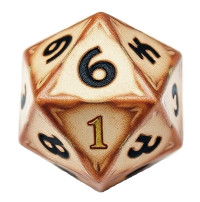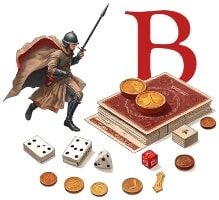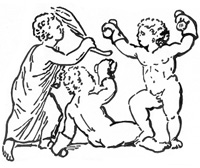Coworkers often look at me strangely as I do my work, demonstrating my slavish devotion to Mister John’s frozen foods cases and cultured dairy products. This is because I practice check point conditioning while I work.
Yesterday, while Chares was working over Craig and Erique with the stick, I was coaching Michael on the bag. We were working on power and angulation [it’s a word now, okay] with the stick. At some point during this process it becomes necessary to point out the fact, that once the rattan starts to smoke, you are going to abandon and bypass your power points as a matter of course, in order to avoid getting hit.
However, you need to know—need to have a feel—for where your power points are, so that when you are there, and he is open, that you can blast him for effect. One of the methods I use for training this, for cultivating the ability to find my power point while I’m doing something else, is through incidental drilling while engaged in something else.
Below is a very incomplete list of checkpoints and how I incidentally drill them at work and while otherwise occupied. These are all in the ass-saving category, meaning that not having them when you need them in competition or in a survival setting could mean a very bad ending for you
Sacrificial Hand
The sacrificial hand is the taking of your left hand and either touching the jaw, throat or chin with it as the elbow and forearm covers the heart and lung. I practice doing this with my left while hitting the speed bag in the gym. This might look like you’re thinking “Oh no!” as you press your fingers up under your ear to protect the artery in the neck from a slash, or like you are strangling yourself as you protect your wind pipe from a stab.
I also go to the palm to upper chest position, which has my pointing finger against my right collarbone and my thumb against the left. This slides up easily into the other two chambers, and also works for breaking a clinch on the highline, as you shoot your bent arm out to his neck and get partial head control and pivot off, sending his face forward toward the floor.
At work I practice this while stocking small items on the shelf. I grab the stock with my right hand and bounce the cans or cups off of my solar plexus then grab them with the left hand and place them on the shelf.
Weak Pivot
The lead food pivot, used for powering the hook, can be aborted by rocking back on the lead heel and allowing the initial ball of the foot pivoting action to swing your rear leg around behind you, taking you off line. This is a jabbing and hooking technique used by crafty boxers, and a nice slashing technique for stick fighting. It is also very useful in knife-fighting, where it makes no sense to keep your rear foot rooted and wait for the blade to arrive in your guts.
MMA Shield
Any time I reach over head, or something starts to fall from a 9-foot pallet stack, or if I’m ducking down to pick up something off the floor, I check my temple in the ‘glass house’ or MMA shield, which is common for boxer to do when hitting the heavy bag. Having this as an all around instinct is great.
Power Point Checks
Any time I cross my center cline with a hand while working, I check in with the opposing chamber point or power point, hip, elbow, shoulder. This is where you find your power in stick-stroking.
Shift Away
When I am called to step away from a pallet, or piece of equipment in the stockroom I will shift away as far as I can shift, until my heel hits something, then I triangle out. You never know when you will need to make space in the street or ring, and this open ended reverse shift is a real space-maker. Do it flatfooted until your heel hits something behind you, then bring the trailing foot back to the instep of the planted foot on the ball of the foot and do a smooth launch slide off of that. If you get charged spontaneously, and you are used to going here in a setting other than training, it will pop up when you need it.
Whatever manual tasks you engage in look for a method that is not disruptive to the task and works some aspect of your combat arsenal, the more fundamental the better.
I triangle out around pallets sometimes instead of just walking round, taking less time, and improving my productivity.
I don’t just push a cooler door shut, but use the checking hand to stop it, and then a shifting stiff-arm to close it.
In terms of boxing the biggest thing I do is keep continuity between my elbow and hip by keeping the elbow against the ribs during most tasks. This has the added benefit of reducing back and shoulder injuries while lifting.
My roommate noticed yesterday that I shift step up the stairs and fast step down the stairs even though I have a hard time hauling my ass out of bed. These are residuals from my incidental drills I used to do walking and waiting on bus stops. I never take stairs using a railing, even when injured, but always use stairs for exercise, even with a sprained ankle. I still walk on curbs like a kid. So even now, as my core deserts me and my shoulders freeze up, my legs are really as good as they ever where and help me continue to practice with my fighters.
See how you can insert a portion of your fight game into your daily toil.











I really enjoyed this article Mr LaFond,very usefull.As a person with little time for training or available training partners anytime you write about incidental training you have my full attention.thank you sir.
At least you work with your hands, Alex. that will always give you an edge with the largely lazy criminal attacker.